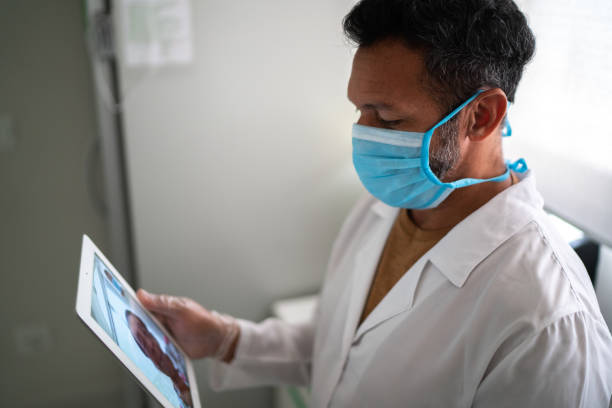Successful Implementation of Patient Monitoring Systems
In the dynamic landscape of healthcare, patient monitoring solutions have emerged as indispensable tools for enhancing care delivery and improving patient outcomes. Successful implementation of these systems requires careful planning, collaboration, and a patient-centered approach to ensure optimal results.
Understanding Patient Monitoring Solutions

Patient monitoring solutions encompass a range of technologies and systems designed to track and manage patients' health data in real-time. From wearable devices and remote sensors to sophisticated software platforms, these solutions enable healthcare providers to monitor patients' vital signs, symptoms, and adherence to treatment plans both in clinical settings and remotely.
The Importance of Successful Implementation
While the potential benefits of patient monitoring solutions are vast, their successful implementation is essential for realizing these outcomes. Effective implementation ensures that healthcare providers can seamlessly integrate monitoring systems into their workflows, utilize data insights to inform clinical decision-making, and engage patients in their care effectively.
Key Components of Successful Implementation
Needs Assessment: Conduct a thorough assessment of the organization's needs, resources, and infrastructure to identify the most suitable patient monitoring solutions. This includes evaluating existing processes, technology capabilities, and staff readiness to ensure alignment with organizational goals.
Stakeholder Engagement: Engage key stakeholders, including clinicians, IT staff, administrators, and patients, throughout the implementation process. Foster collaboration and communication to ensure buy-in, address concerns, and tailor solutions to meet the needs of diverse stakeholders.
Training and Education: Provide comprehensive training and education for healthcare providers and staff on the use of patient monitoring systems. Ensure proficiency in system operation, data interpretation, and patient communication to maximize the impact of monitoring solutions on patient care.
Integration with Workflows: Seamlessly integrate patient monitoring systems into existing clinical workflows to minimize disruption and maximize efficiency. Customize workflows to accommodate the unique needs and preferences of providers and patients while ensuring compliance with regulatory requirements.
Data Management and Security: Implement robust data management and security protocols to protect patient privacy and confidentiality. Ensure compliance with HIPAA regulations and industry standards for data storage, transmission, and access control to safeguard sensitive health information.
Best Practices for Optimization
Continuous Quality Improvement: Establish mechanisms for ongoing evaluation and quality improvement to monitor the effectiveness of patient monitoring solutions and identify areas for optimization. Collect feedback from stakeholders, analyze performance metrics, and implement changes as needed to enhance system usability and efficacy.
Patient Engagement Strategies: Develop patient engagement strategies to promote active participation in remote monitoring and self-management. Utilize patient education materials, mobile apps, and telehealth platforms to empower patients with knowledge and tools to monitor their health and communicate with their care team effectively.
Interdisciplinary Collaboration: Foster interdisciplinary collaboration among healthcare providers, including physicians, nurses, pharmacists, and allied health professionals, to ensure coordinated and holistic care for patients. Encourage communication and care coordination across specialties and settings to optimize patient outcomes.
Adaptive Technology Adoption: Stay abreast of advancements in patient monitoring technology and adopt innovative solutions that align with evolving healthcare needs and trends. Embrace interoperable systems, cloud-based platforms, and AI-driven analytics to enhance the efficiency and effectiveness of patient monitoring practices.
Case Studies: Successful Implementation Stories
Several case studies highlight the successful implementation of patient monitoring solutions across diverse healthcare settings. From remote patient monitoring for chronic disease management to real-time telemetry monitoring in acute care settings, these stories demonstrate the transformative impact of monitoring systems on patient care and outcomes.
Conclusion
Successful implementation of patient monitoring solutions is essential for optimizing care delivery, improving patient outcomes, and enhancing the overall healthcare experience. By following best practices for needs assessment, stakeholder engagement, training, and continuous quality improvement, healthcare organizations can harness the full potential of monitoring systems to provide safe, effective, and patient-centered care. As we continue to embrace innovation in healthcare, let's remain committed to mastering the implementation of patient monitoring solutions to advance the health and well-being of patients worldwide.



Comments
Post a Comment